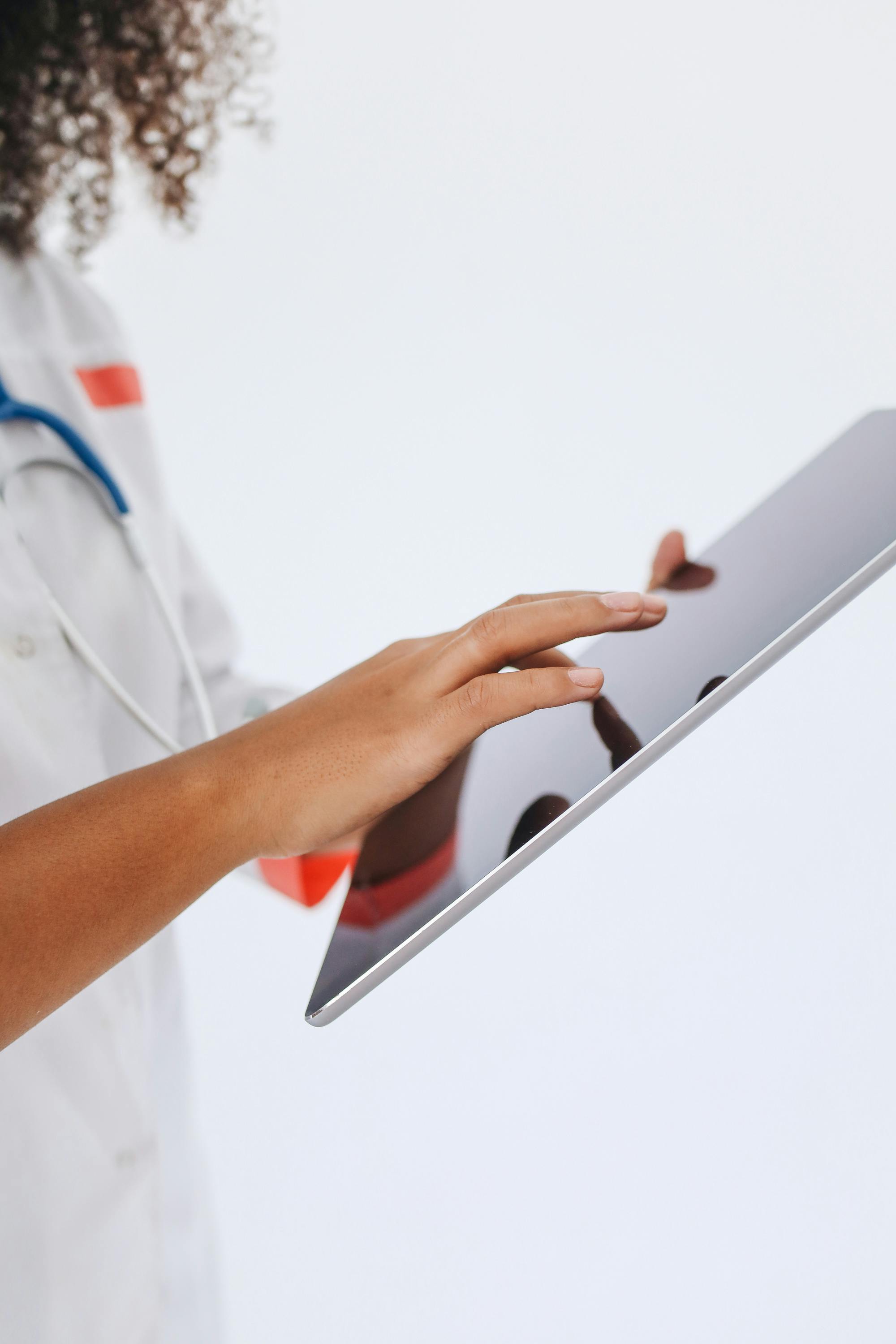Exploring the Benefits of Mobile Health Clinics Today
Access to healthcare remains a challenge for millions, especially in underserved areas. Mobile health clinics offer a groundbreaking solution to this problem by bringing medical services directly to communities. In this article, we’ll explore the extensive benefits of mobile health clinics, examine their practical implementation, and forecast their future in modern medicine.

Understanding the Fundamentals
Mobile health clinics are self-contained, traveling medical units that deliver essential healthcare services directly to patients. These mobile units are equipped to provide everything from primary care and vaccinations to mental health support and chronic disease management.
Historically, mobile clinics were used during emergencies or rural outreach, but they have since evolved into permanent, scalable solutions for reducing healthcare disparities. Their flexibility and adaptability make them invaluable in both urban and remote areas.
1.1 Defining Mobile Health Clinics
Mobile health clinics (MHCs) are customized vehicles staffed by healthcare professionals that travel to patient communities. According to the Mobile Health Map project at Harvard, over 2,000 mobile clinics serve nearly 7 million people annually in the United States alone.
These units offer diagnostic services, screenings, health education, and preventive care. Common misconceptions suggest that they only serve emergencies, when in fact, MHCs provide consistent, ongoing care to communities that lack regular access.
1.2 Community-Centered Care Delivery
Unlike traditional clinics, mobile health clinics meet patients where they are—literally. They travel to schools, workplaces, and neighborhoods to eliminate transportation and financial barriers.
One study showed that for every $1 spent on mobile clinics, there’s a $12 return in reduced emergency room visits. This model uniquely positions MHCs to drive community-wide health improvements.
Practical Implementation Guide
Understanding the fundamentals is one thing—implementing them is another. Setting up a mobile health clinic involves logistical planning, strategic partnerships, and community engagement. Let’s walk through the core steps and considerations.

2.1 Actionable Steps
- Conduct a Needs Assessment: Evaluate the target community’s health needs using surveys, local data, and focus groups.
- Secure Funding and Equipment: Budget for medical supplies, staffing, licensing, and mobile unit maintenance. Grants and partnerships with local health departments are key resources.
- Deploy and Monitor: Launch with a pilot program, establish measurable goals, and use feedback loops to improve services continuously.
2.2 Overcoming Challenges
Common obstacles include regulatory hurdles, inconsistent funding, and staffing shortages. Anticipating these issues is vital:
- Licensing Delays: Start paperwork early and work closely with local health authorities.
- Equipment Malfunctions: Schedule regular maintenance and keep backup supplies on board.
- Community Trust: Employ local staff and offer culturally sensitive care to build rapport.
Experts recommend pilot programs in small areas before scaling to city-wide or regional deployments.
Advanced Applications
Once the basics are operational, mobile health clinics can expand into specialized areas. From telehealth integration to data-driven outreach, advanced applications amplify impact and sustainability.

3.1 Telemedicine Integration
Many mobile units now feature telehealth capabilities, allowing on-site patients to consult with remote specialists. A Boston-based mobile clinic reduced patient wait times by 40% using this model. Integration with electronic health records also ensures continuity of care across systems.
3.2 Specialty Services on Wheels
Some mobile clinics offer dental, ophthalmologic, or mental health services. This expansion allows for a more holistic approach to patient care. For example, mobile mammography units significantly improve early detection rates among women in rural areas.
Future Outlook
The demand for mobile healthcare continues to rise. Innovations such as AI diagnostics, portable imaging, and solar-powered units are reshaping what’s possible. The World Health Organization predicts that mobile clinics will play a central role in achieving global health equity by 2030.
Healthcare professionals, policymakers, and investors alike should prepare for this shift by embracing mobile-first strategies, training staff, and investing in modular, scalable vehicles designed for rapid deployment.
Conclusion
Three key takeaways from this article include the cost-effectiveness of mobile health clinics, their capacity to reach underserved populations, and their potential for scalability. Mobile units are transforming healthcare delivery by breaking down access barriers and improving public health outcomes.
If you’re in healthcare or policy, consider launching or supporting a mobile clinic program. The benefits of mobile health clinics are clear: healthier communities, lower system costs, and a stronger public health infrastructure.
Frequently Asked Questions
- Q: What is a mobile health clinic? A mobile health clinic is a vehicle equipped with medical facilities and staffed by professionals to deliver healthcare directly to communities.
- Q: How do I start using a mobile clinic service? Find out if your community has one and check their schedule; most operate on weekly or monthly routes.
- Q: How much time does it take to launch a mobile health clinic? From planning to deployment, it typically takes 6-12 months depending on funding and licensing requirements.
- Q: What are the costs involved? Initial setup can range from $100,000 to $500,000 depending on services, with ongoing monthly costs for staff and fuel.
- Q: How do mobile clinics compare to traditional healthcare? While they don’t replace hospitals, they offer convenient, lower-cost access for routine and preventive care.
- Q: Are mobile health clinics hard to operate? They require coordination but many providers find the flexibility and impact worth the effort. Training and planning are crucial.
- Q: Can mobile clinics serve specific industries like agriculture or education? Yes, many are designed for schools, farms, and factories to provide on-site health services tailored to those environments.
